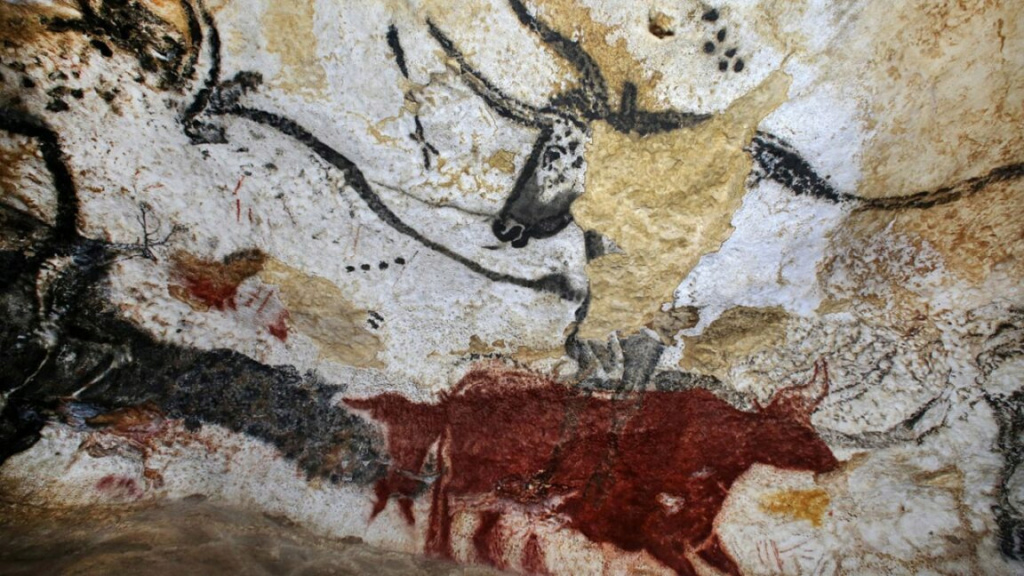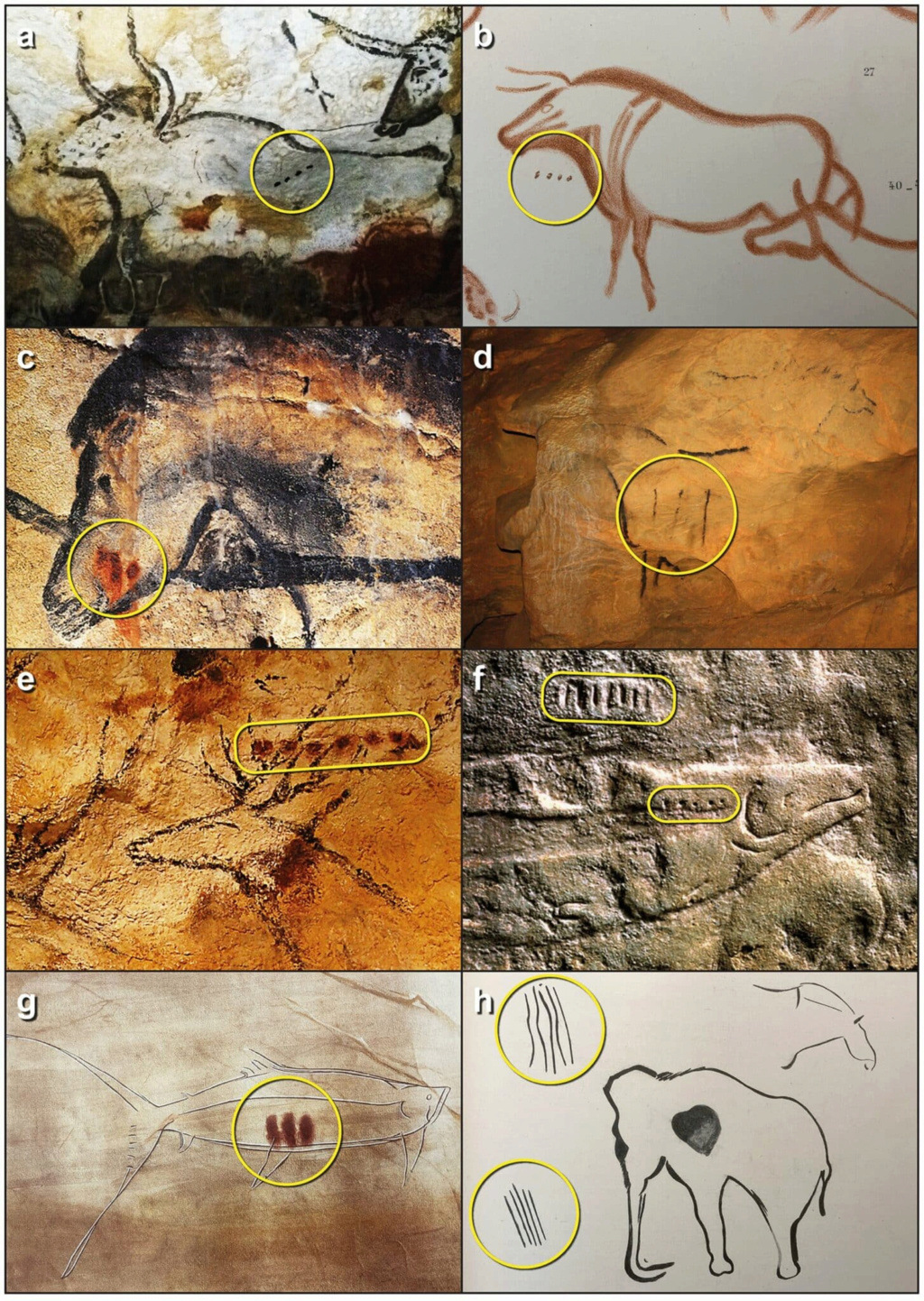Oldest proof of lunar calendar may be 20,000 years old

A team of scientists, including an independent one, sought to decipher certain abstract marks found on the walls of European caves. These tracks were made by Ice Age hunters tens of thousands of years ago. In their article published in the Cambridge Archaeological Journal , the group evokes a possible use of a lunar calendar, even a first proof of protowriting.
Dots, Lines and "Y"s
Around 37,000 years ago, humans transitioned from marking abstract images on cave walls to figurative art forms. These drawings represent almost exclusively animals, mainly herbivorous prey that once evolved in the Eurasian steppes of the Pleistocene.
In most cases, it is easy to identify the species represented, and even to identify them at particular times of the year. At Lascaux around 21,500 years ago, body shapes and coat details were for example used to convey information about the rutting sequence of several prey species. The presence of antlers and depictions of aggressive clashes are other clues to identify seasonality.
Nevertheless, certain aspects of these cave drawings (some are 20,000 years old) have long remained mysterious , these marks being still very abstract (dots, dashes placed near animals and “Y” shapes). These traces have been identified in more than 600 depictions dating from the last Ice Age on cave walls across Europe.
As part of a study, an independent researcher named Ben Bacon, who is also a furniture restorer, collaborated with academics from Durham University and University College London to try to decipher these marks.
" Using rock art information and images available through the British Library and on the internet, I amassed as much data as possible and started looking for repeating patterns," Ben Bacon told the BBC . I also contacted friends and top academics, whose expertise was essential to prove my theory .”

Examples of representations of animals associated with sequences of points/lines. Credits: Cambridge Archaeological Journal (2023)
Lunar calendar and protowriting
Statistical analysis of this large data set of animal records, including aurochs (now extinct bovine species), salmon and horses, allowed the team to match the months of the l year in which these species engaged in specific types of behavior.
According to the researchers, the symbol "Y" for example referred to the animals giving birth , while mating periods were illustrated by lengths of sequences of lines and dots that did not contain the symbol "Y". The researchers also discovered that the seasonal information drawn on the walls could be broken down into thirteen periods that coincided with the lunar calendar year. If so, then this would be the earliest use of a lunar calendar.
Scientists note that such information would have been very important for early hunters. They would indeed have made it possible to know which animals were the most accessible during a given period.
They also suggest that such a recording system could be interpreted as a protowriting system . If true, then it would also be the oldest form of Homo sapiens writing . However, not everyone will agree with this interpretation. Furthermore, the researchers only focused on three types of symbols. However, there are no less than thirty non-figurative signs in Paleolithic art. Other work will therefore be necessary to try to decipher everything. After which the researchers will be able to draw real conclusions.
Source: websites

